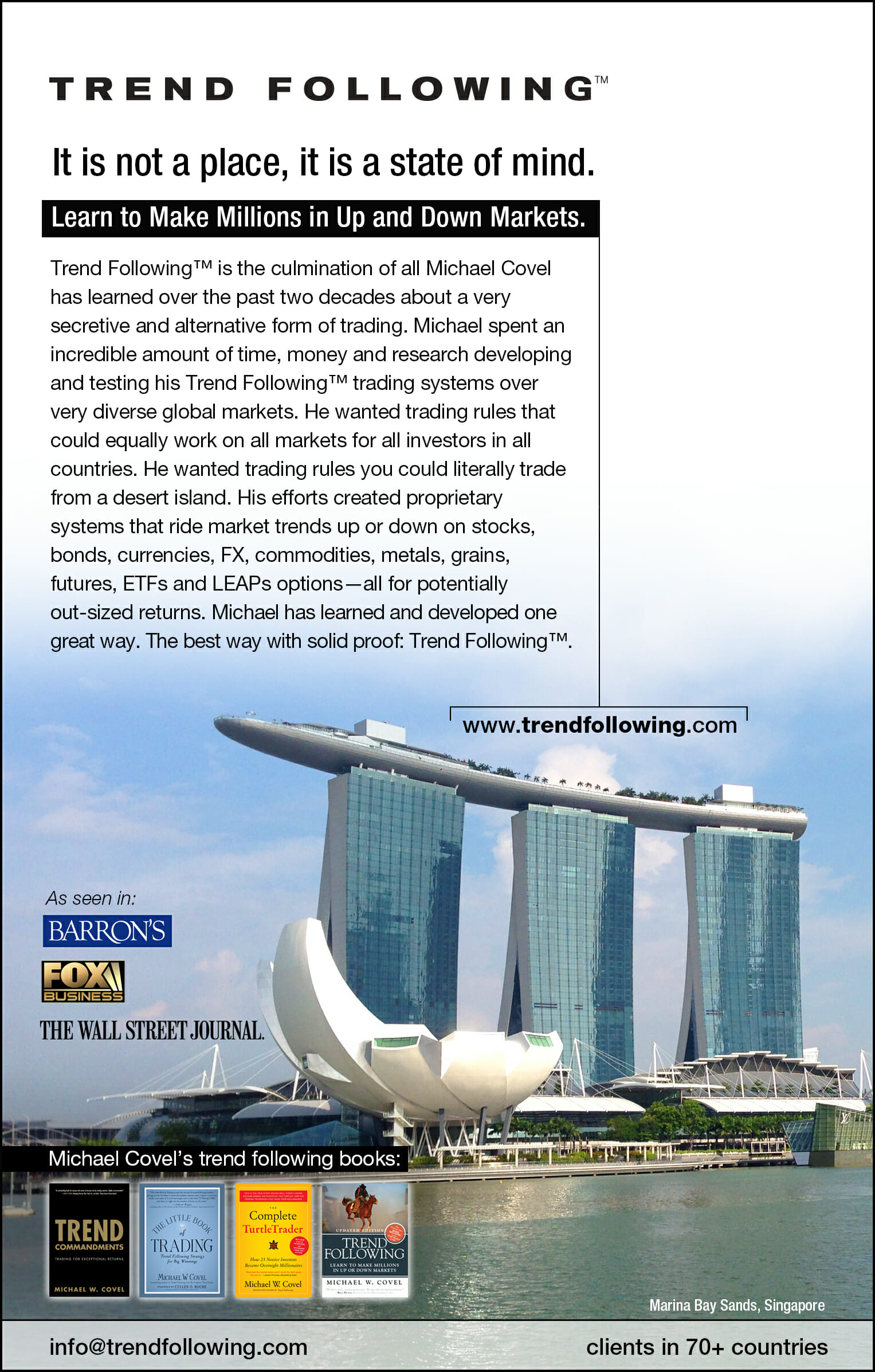Daniel Kahneman, the Princeton professor and first psychologist to win the Nobel in Economics, awarded for studies he conducted with Amos Tversky, attributed market manias partly to investors’ ”illusion of control” calling the illusion “prospect theory.” Kahneman studied the intellectual underpinnings of investing – how traders estimate odds and calculate risks in order to prove how often we act from the mistaken belief that we know more than we do. Bottom line, according to Kahneman, is that we are victims of our own overconfidence.
Johan Ginyard at Uppsala University, Department of Psychology, analyzes Kahneman’s work with his piece, “Position-Sizing Effects on Trader Performance: An Experimental Analysis”:
Why does not everybody minimize losses and maximize profits? Traditionally, economic theory is based on the idea that market [participants] are rational and therefore make rational decisions. Feelings and biases do not influence the [participants]s’ judgement, only relevant information effects their behavior. Decision-makers decide on basis of the probability of each alternative outcome and select the alternative giving the maximum return. This view is not supported without exception. As stated earlier, our choices are influenced by how a situation is framed. A problem is positively framed when the options at hand generally have a perceived probability to result in a positive outcome.
Negative framing occurs when the perceived probability weighs over into a negative outcome scenario. In one…experiment, the participants were to choose one of two scenarios, a 80% possibility to win $ 4,000 and the 20% risk of not winning anything as opposed to a 100% possibility of winning $ 3,000. Although the riskier choice had a higher expected value ($ 4,000 x 0.8 = $ 3,200), 80% of the participants chose the safe $ 3,000. When participants had to choose between a 80% possibility to loose $ 4,000 and the 20% risk of not losing anything as one scenario, and a 100% possibility of losing $ 3,000 as the other scenario, 92% of the participants picked the gambling scenario. This framing effect, as described in Prospect theory, occurs because individuals over-weight losses when they are described as definitive, as opposed to situations where they are described as possible. This is done even though a rational economical evaluation of the two situations lead to identical expected value. People tend to fear losses more than they value gains.
A $ 1 loss is more painful than the pleasure of a $ 1 gain. Describing a loss as certain, and therefore more painful, will inflict investors trying to avoid such a loss. As a consequence, they will take a greater risk and gamble in a losing situation, holding on to the position in hope that prices will recover. In a winning situation the circumstances are reversed. Investors will become risk averse and quickly take profits, not letting profits run. This goes for the professional investment managers as well, and this is not only a tendency in the Western world. Costs, that is, losses, made at an earlier time may predispose decision-makers to take risks. They are more risk seeking than they would be if they had not made the earlier loss. This effect is referred to as the sunken cost 10 effect and results in organizations and individuals throwing good money after bad in order to make up for the loss.
The loss already incurred makes the context equivalent of a negative frame, but with an increased commitment, for example, buying more shares makes a recovery possible, although uncertain. Nothing new under the sun, especially in the markets. Investors and traders, shifting in risk tolerance according to positively and negatively framed situations, show no risk aversion, but an aversion against losses. Loss aversion applies when one is avoiding a loss even if it means accepting a higher risk. The preference for risky actions to avoid an impending loss over less risky options just to minimize the loss and bite the bullet can be explained by ‘loss aversion’.
It has been described that selling assets that have gained value and keeping assets that have lost value as Disposition effect in a recent experimental study. The disposition effect is based on two characteristics of prospect theory, namely the tendency of individuals to value gains and losses relatively a reference point and further, the tendency to be risk-seeking in situations where a loss might occur and risk averse in situations where a certain gain is possible.
[One] study showed that participants did sell their winners and kept their losers. Being poor Bayesians, is that our lot, or is this disposition effect possibly alterable? Is it conceivable adopting the behavior of the market wizards or at least avoiding the most flagrant mistakes? Is it determined by chance if one is behaving like Nick Leeson, trading Baring?s Bank into bankruptcy, or like Michael Marcus, who went bankrupt in the beginning of his career and later turned $30,000 into $80 millions?
We thank Johan for his permission to publish this excerpt. His full study is available here in PDF format.
Trend Following Products
Review trend following systems and training:

More info here.

